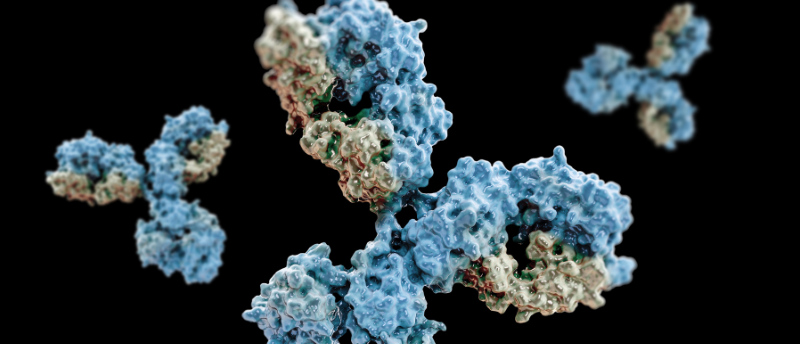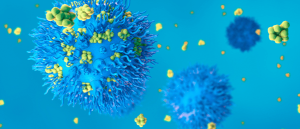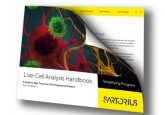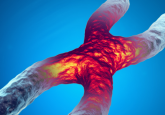Cancer treatment may hinge on harnessing antibody conformation

Refer a colleague
Researchers have determined the mechanism underlying antibody hinge conformational changes, which could contribute to the development of more effective cancer treatments.
A research team from the University of Southampton (UK) has uncovered a key biochemical property of immunoglobulin G2 (IgG2), a type of antibody known to be more effective than other antibodies in activating immune cell receptors. Understanding what makes these antibodies more effective in mobilizing immune cells may prove useful in treating cancer and other autoimmune diseases that respond to antibody therapies.
Previous research at Southampton demonstrated that IgG2 is a more active antibody than others, making it an obvious candidate for therapeutic intervention. However, it was not understood why IgG2 was so much more effective. It was known that the structure between the antibody’s arms, the hinge, underwent conformational changes over time, so the researchers investigated this property. They conducted an interdisciplinary study to learn more about the conformation of IgG2 and its interaction with an immune cell receptor implicated in cancer treatment, the cluster of differentiation 40 (CD40).
 Suppressing the immune system improves pancreatic cancer treatment
Suppressing the immune system improves pancreatic cancer treatment
Researchers have successfully increased survival rates in pancreatic cancer mouse models by blocking a key pathway in the immune system, which more than doubled survival.
“Our approach was to analyze the structure of the antibody in atomic detail, using the method of X-ray crystallography,” said senior author Ivo Tews, as he explained the complicated and varied techniques used to investigate the role of hinge conformation in IgG2 activity “While the resulting picture is very accurate, the information on how they move their ‘arms’ is missing, and we needed an image of the antibody in solution, for which we used an X-ray scattering approach called SAXS. We then used mathematical models and a chemical-computing approach to analyze the data, using the Southampton High Performance Computing cluster IRIDIS.”
They discovered and explained the biochemical mechanism by which the hinges changed conformation, called disulfide-switching. This process is characterized by a disulfide bond crossing between the antibody’s arms, changing the disulfide pattern and interactions that inform hinge structure.
Using biological activity assays, structural biology and computational chemistry, the researchers studied the effect of changing this hinge structure. They found that the hinge conformation was important to antibody activity, demonstrating that rigid antibodies were more active than flexible antibodies. “This study has given us new information about how to engineer antibodies to deliver a better immune response. We propose that more rigid antibodies enable the receptors to be bound closer together on the cell surface, promoting receptor clustering and stronger signaling for activity. This means by modifying the hinge we can now generate more or less active antibodies in a more predictable way,” commented senior author Mark Cragg.
The study provides beneficial information for developing future antibody therapies. By understanding the specific role of hinge conformation in antibody activity and in immune responses, researchers could develop tailored therapies with appropriate antibody activity levels. Cragg confirmed, “excitingly, our findings could have wider implications as it may provide a highly controlled and tractable means of developing antibodies for clinical use in future immunostimulatory antibody drugs.”
Please enter your username and password below, if you are not yet a member of BioTechniques remember you can register for free.





